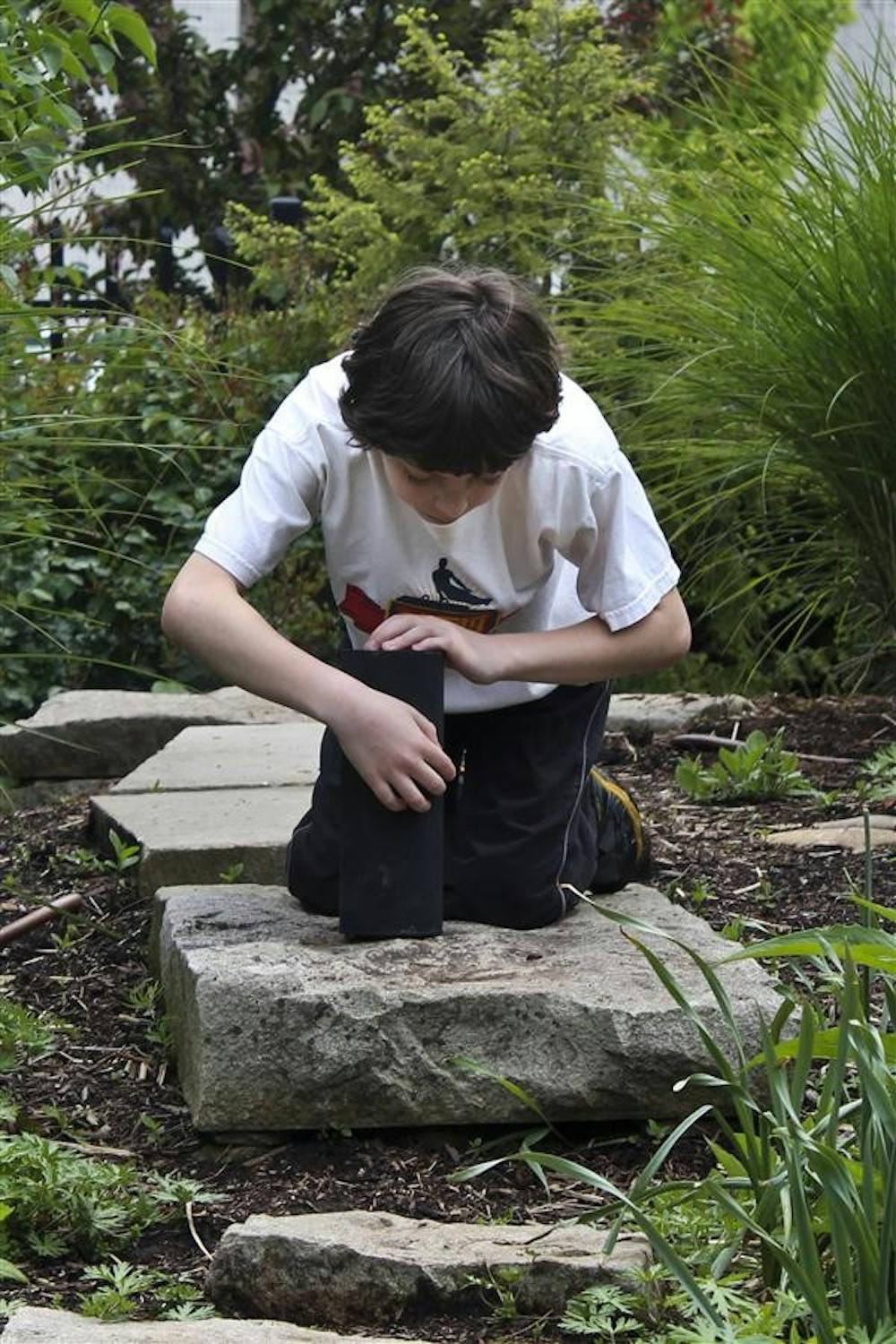Yesterday was Worldwide Pinhole Photography Day, and WonderLab Museum of Science, Health and Technology taught the science of the camera and offered experience with making a pinhole camera.
Sunday’s session focused on helping participants capture and expose photographs with the handmade cameras to submit to the National Pinhole Camera Day website.
Make your own pinhole camera
The Box
A pinhole camera can be made out of anything as long as it can be light-tight. Kodak suggests using a clean paint can, a vegetable shortening can, a coffee can, a shoebox or a cylindrical oatmeal box.
To make the can or box light-tight, the inside must be painted with dull black paint or lined with black paper to prevent reflections. If the container has a plastic lid, the lid should also be painted or covered with black.
The Pinhole
The film will eventually be attached to the inside of the lid, so the pinhole will need to be made on the opposite end of the container. The size of the pinhole should be determined by how wide the camera is (how far the pinhole is from the film). If the pinhole is 3 to 6 inches from the film, it should be 1/75 inches in diameter.
Kodak suggests pushing a sewing needle through the container to a point halfway up the needle.
A small drill can be used to make the pinhole in thicker materials.
The Shutter
Kodak suggests using a piece of black poster board to cover the pinhole. Tape the poster board above the pinhole so it covers the pinhole when not in use. When it is time to expose the film, you will need to lift the flap and tape it in place.
The Film
Kodak recommends using a 3 to 4 inch piece of high-speed photographic paper. The paper should be cut to fit and placed inside the container in a dark room, such as a closet or bathroom. Using black camera tape, the photographic paper should be taped to the lid of the container. Make sure the shutter is down until the film is ready to be exposed.
Exposure
The camera must remain perfectly still while the shutter is open to ensure a clear, sharp photograph. The exposure time varies, depending on the amount of light available and the type of film or photographic paper being used.
Kodak recommends trying several different exposure times with each location, a method called metering, to improve the chances of a clear photograph.
Developing
Photographic paper is developed just like film. Cord Camera, a local photography shop, sells darkroom supplies and developing services.
SOURCE: Kodak.com
WonderLab honors pinhole cameras

Get stories like this in your inbox
Subscribe





